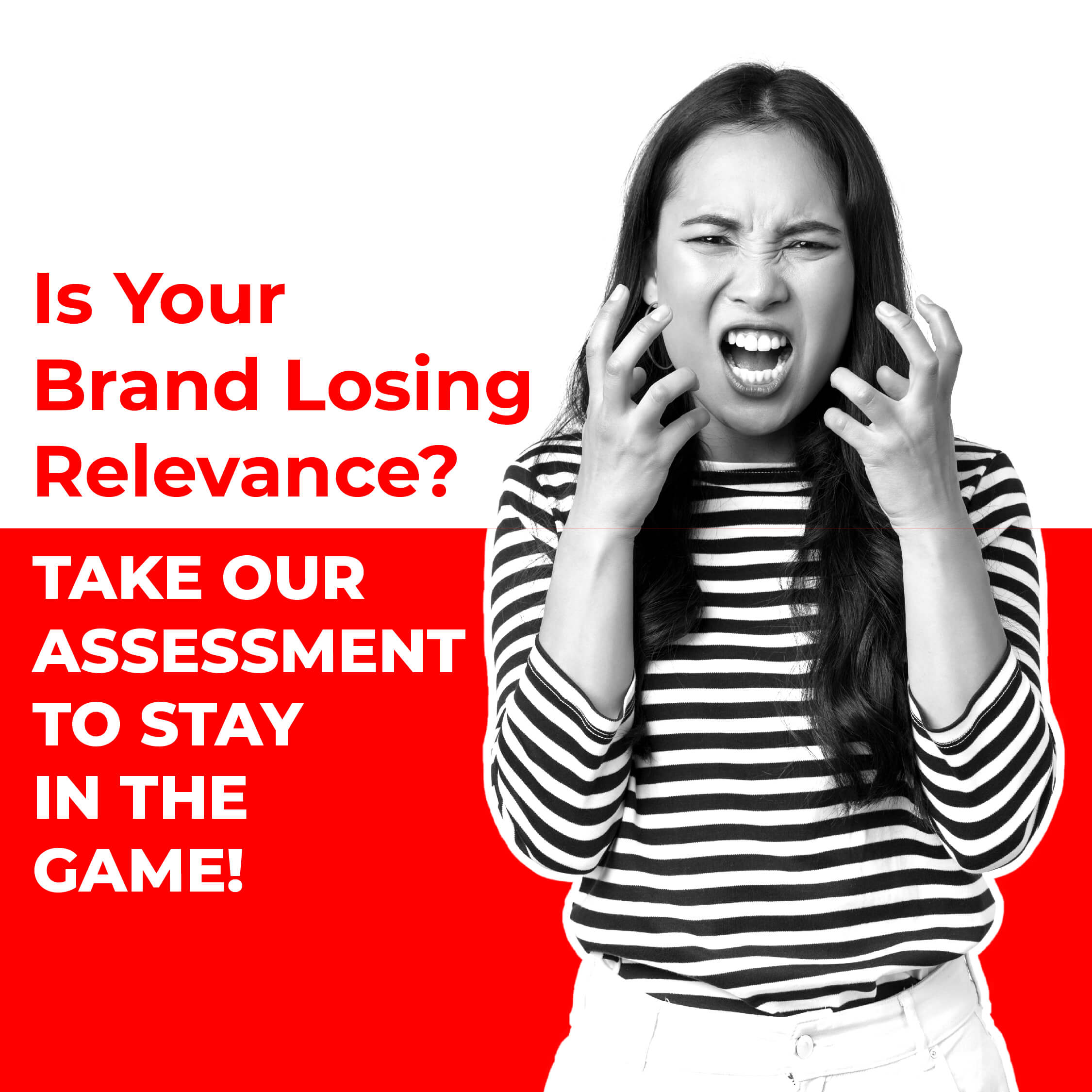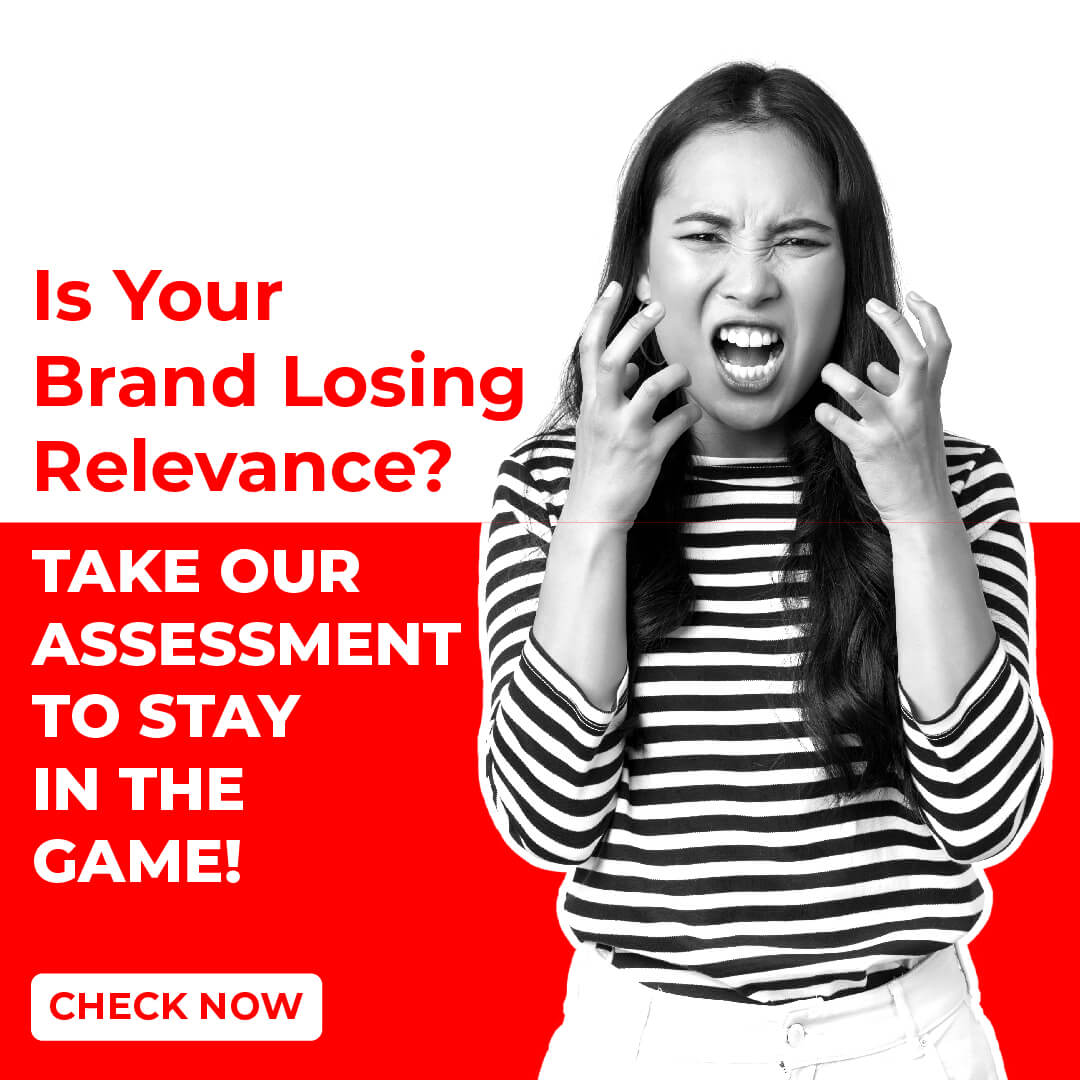
Marketing is not mathematics. It is not exact or definite, because it deals with the human psyche and our consumption and buying patterns, which are very unpredictable. When marketers fail to realize this fundamental reality, they fall prey to marketing “rules” which don’t exactly turn out to be rules. Here is a list of seven of such “pseudo rules” or myths. While a couple of them may be more prominent in the Indian market, none of them are exclusive to justIndia. Interestingly enough, the human mind seems to work more or less the same everywhere.
MYTH # 1: MARKETING IS ALL ABOUT SELLING THE PRODUCTS THAT HAVE BEEN MADE.
Reality: Marketing is primarily about understanding correctly what people want. And when you have understood that (which is extremely difficult, by the way), it is about creating good products that satisfy those wants and finally making them available to the customer (not the consumer, refer myth # 7). Indian marketers are still behind their western counterparts in understanding this. Confusing marketing with sales or advertising is rampant inIndia.
MYTH # 2: ADVERTISING IS MARKETING.
Reality: Advertising is a form of promotion and promotion is just a small part of the overall marketing function. Advertising is not marketing. Also more advertising doesn’t mean more sales. Advertising makes people aware of the brand. Now whether they trust the advertising (which they don’t, most of the times, and that’s why PR works better) and go ahead and buy the product, is an entirely different issue.
MYTH # 3: BRANDING IS MARKETING.
Reality: The scope of branding goes beyond marketing; rather it is the result of marketing. Apart from marketing, branding is also about the work culture, the employees, the leadership, the core values, the performance of the products, etc. The company makes a promise through advertisements and then fulfills it with the help of all its resources. Only when both promise and fulfillment happen the way they should is a brand built. Think of Tata or Infosys (or Satyam for that matter). And by the way, Amitabh Bachchan doesn’t do marketing for himself.
MYTH # 4: ONLY BIG COMPANIES NEED TO INVEST IN BRANDING.
Reality: Another myth more prominent in the Indian market. Branding is not one of the many activities of a company, it is the activity. Everything that a business entity does contributes or takes away from its brand identity. Even if the company is small and has limited customers, it will be perceived in some way by those limited number of customers. Then why neglect brand building and lose even them?
MYTH # 5: THE BEST PRODUCT OR SERVICE WILL WIN.
Reality: Apple’s iPhone still wins not because it is the best, but because it is perceived to be the best. You don’t go into a TV store and buy a Samsung instead of a Onida because you know for a fact that Samsung is better, but because you perceive it to be better. Remember, marketing or branding or advertising is all about perception, human perception.
MYTH # 6: COMPETITORS ARE BAD.
Reality: Competitors are good. Pepsi would not have been Pepsi without a Coke. Vodaone would not have been Vodafone without an Airtel. Times ofIndia would not have been Times of India without a Hindustan Times. A competitor refines your own positioning. It tells the consumer, what you are not. By the way, do you know that TOI Mumbai and HT Mumbai use each other’s production capacities to meet their sales? Competitors are good.
MYTH # 7: CUSTOMER IS ALWAYS RIGHT.
Reality: Customer is sometimes wrong, horribly wrong. Considering the customer to be always right may sometimes harm the morale of the loyal and efficient employee. The Indian principle of Atithi Devo Bhavah(the Guest is God) doesn’t apply to customers. And there are both good and bad customers. Seth Godin, the marketing Guru says that the customer is indeed always right, because when he is wrong, you should let him cease to be your customer. Sound advice!
MYTH # 8: CUSTOMER AND CONSUMER IS ONE AND THE SAME THING.
Reality: They are not! Customer is one who buys and consumer is one who consumes and they may sometimes be different. Considering both to be the same might be misleading for marketers. Cinthol maybe your favorite brand of soap, but if the brand manager doesn’t also target your wife in its advertising campaign, she may just hate it and not buy it for you. Isn’t she the one who does most of the shopping?


Post Comment